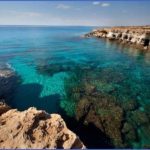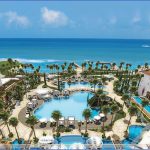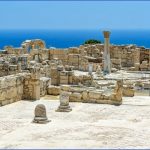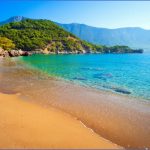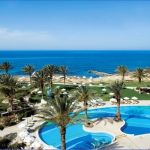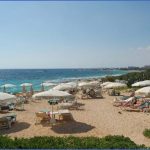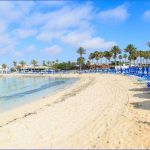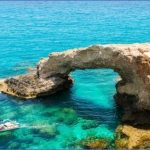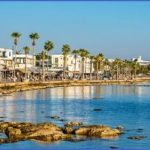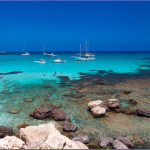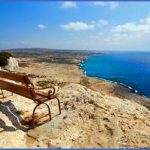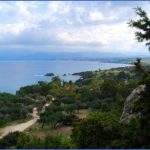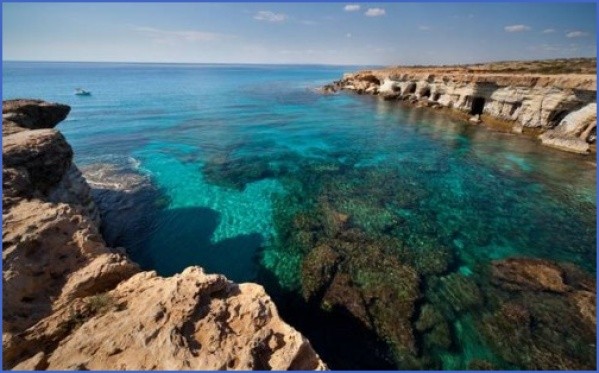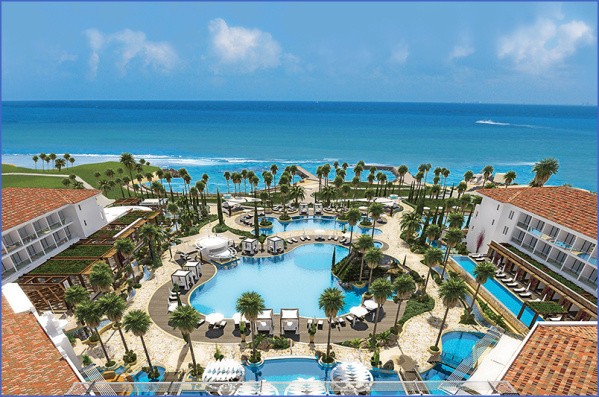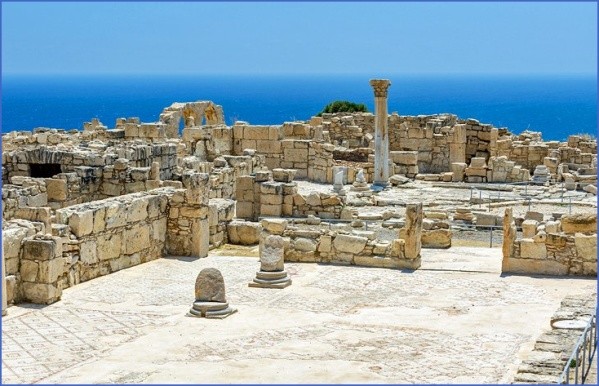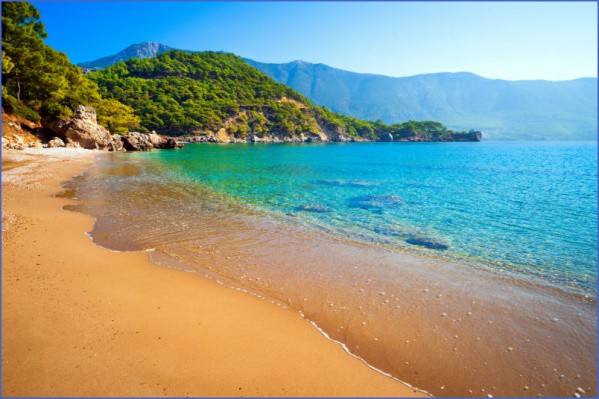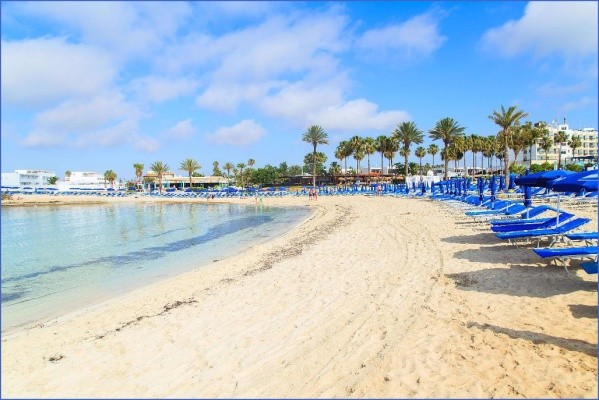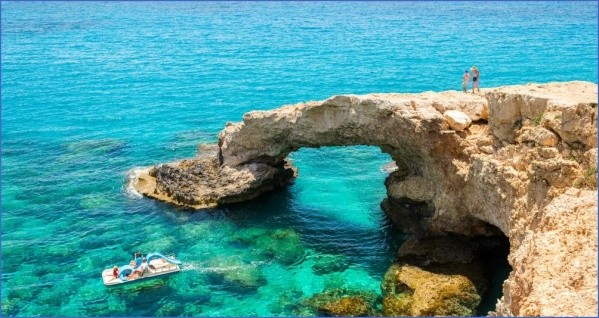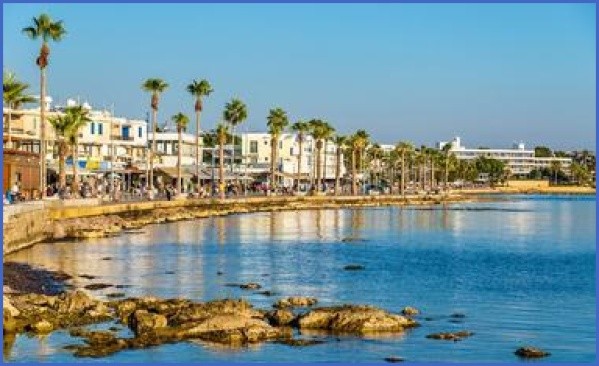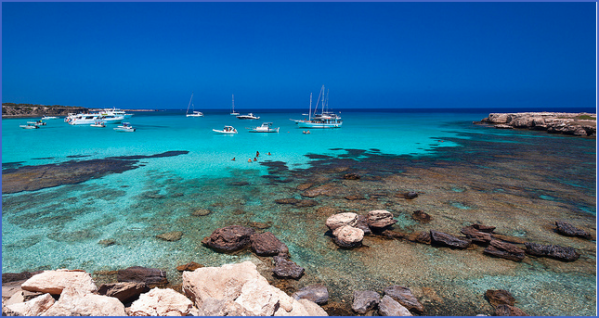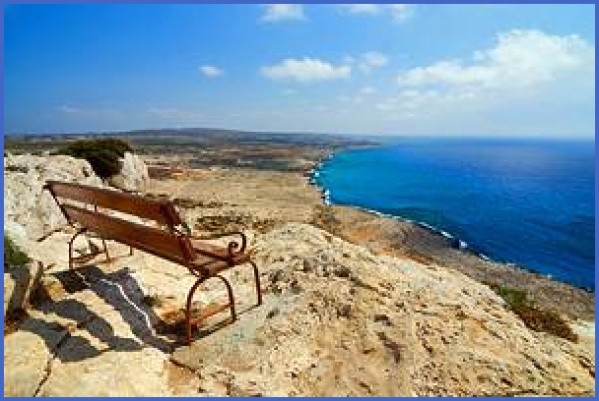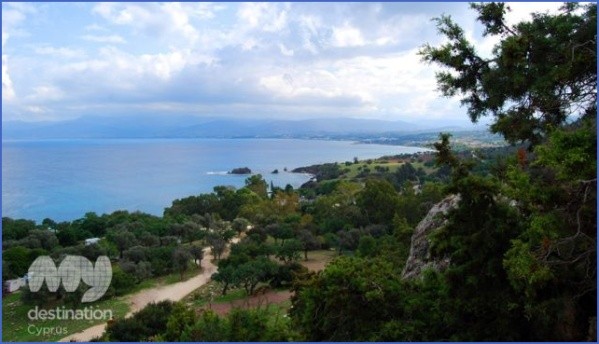Traditional architecture, Laneia
Doros. Acquaintance with the village could most probably start with a visit to the two impressive churches of Panagia Galaktotrofousa and the chapel of Agios Epifanios. The church of Panagia Galaktotrofousa, founded in 1925, is three-aisled, domed and cruciform in style with an excellent iconostasis. The chapel of Agios Epifanios, single-aisled, is small in size and lies at a relatively small distance from the church of Panagia. Constructed in 1875, it contained paintings which were whitewashed later on. The village, retains its traditional architecture with narrow, winding streets, two-storeyed houses, arches and balconies projecting to the street. Laneia, south of Trimiklini, is a village with a rich traditional architecture. You find at Laneia, narrow, winding cobbled streets, elongated two-storeyed houses with tiled roofs, wooden carved doors and windows, courtyards with flowered gardens and large wine jars. You find, in addition, the old “linos”, the wooden mechanism through which grapes were squeezed to produce wine. The church of Panagia (B.V.M.), dating back to the late nineteenth century, is situated at the center of the village. In the apse is preserved an early 16th century icon of
B.V.M. Most probably in recent years an oak grove was extending in the village administrative boundaries of Laneia. A relic of this grove is the centuries-old oak tree of Laneia, known as the Royal Oak Tree, on the Limassol-Platres road. Its trunk is 6,5m thick, its height 17m, while its periphery approaches 95m. Its branches are thick and strong and upon them a wooden platform has been placed with tables and seats for the visitors. Among the new settlers of Laneia, are a few painters who keep their ateliers at the village.
10 Best Places to Visit in Cyprus
Double-bridge of Trimiklini
Trimiklini features souvenir shops, restaurants, cafes and fruit-shops along the main road leading to Platres, Troodos or Karvounas. Close to the main road stand two churches, the modern and the medieval, both dedicated to Panagia Eleousa. The modern, three-aisled, church contains some significant portable icons, while its iconostasis is made of marble. The old church, built in 1744, is steep-pitched with wooden roof, though without frescoes. It preserves its gilted iconostasis, some old portable icons and its painted beams. The bridges of Trimiklini are worth seeing. The old one, known as the Venetian bridge, with three asymmetrical arches and a width of 2,5m, was constructed upon Kouris and helped transport in past centuries when ox-driven carts were used. North of it, a “double-bridge” was later constructed on Kouris, to help communication between Limassol and Platres.
The dam of Trimiklini, constructed in 1958 by the British before leaving Cyprus, is another place of interest. Kouka. The church of the Holy Cross is an attractive feature of Kouka. It is a domed, 12th century Byzantine church in cruciform style. Most probably the original dome was destroyed and replaced by a new one. The church was originally painted, though present frescoes date back to the 15th century. Only traces of the 12th century are preserved. The iconostasis is of 1856, though some old icons, like that of Panagia, is of the 16th century. The Cross that contains, according to tradition, sawdust from the True Cross, is of unknown age.
Top 5 Destinations in Cyprus Photo Gallery
Top 5 Travel Destinations in Cyprus
Route: Silikou, Agios Georgios, Monagri
Silikou is a well-known vine-village with its commandaria dating back to a few centuries. The village with its flowered gardens, the restored houses, the tranquility of the environment and the excellent view to the other bank of Kouris is more suited to holiday makers and people from Limassol who seek rest. The settlement of Agios Georgios lies on the west bank of Kouris, enjoying an extensive view towards the other side of the river. The inhabitants collect vine leaves from which they derive a respectable income. The inhabitants speak of a settlement, between Silikou and Agios Georgios, which has disappeared. It is the settlement of Syrka, which might have been a monastery too, though currently only traces of a very old church are preserved. Monagri is the village with a rich traditional architecture and rare cultural monuments. In the center of the settlement stands the parish church of Agios Georgios, originally painted with frescoes, dating back to the 15th century. The village, however, is famous for two monasteries, those of Archangelos Michail and Amasgou. The monastery of Archangelos Michail dates originally from the 10th c but it was rebuilt between 1746 and 1776. Today it is in the process of being restored by the Monagri Foundation as a centre for contemporary art, working in close collaboration with the Bishopric of Limassol and the Department of Antiquities. The monastic church remains consecrated, the wall paintings and icons in the church have been conserved and the very fine Roman period olive mill has been restored. The art centre provides studios and exhibition space for visiting artists, as well as a venue for concerts and other cultural activites. Visits to the galleries are by appointment and if the centre is closed, the key to the church may be obtained from the village priest. The monastery of Amasgou on the other side of the river lies in a very quiet environment. Most probably the monastery buildings were constructed in the 16th century, though the earliest paintings in the church date back to the 11th century. Currently, the arched church preserves its original form with its paved floor, the two recesses and a semi-circular sanctum with two other recesses. Apart from the original frescoes, new ones were added at the end of the 12th century as well as in the 14th and 16th. The iconostasis contains three important icons: The icon of Agios Ioannis the Baptist of 1529, the icon painted on both sides, on one side Panagia (B.V.M.) and on the reverse the Crucifixion of 1569, and finally, the icon of Christ, undated, though of the 16th century. Some important frescoes of the church are those of Agios Athanasios Pentaschinitis and Athanasios of Alexandreia, which belong to the beginning of 12th century. The paintings of the Birth of Christ, Baptism, Transfiguration, Crucifixion, Dormition, etc belong to the 12th and 13th centuries. The Communion of Maria Aigyptia belongs to the 14th century, while paintings of the 16th century are those of Panagia amid Archangels, few saints and the Presentation of the Virgin Mary.
b) Exploring the Kantou-Lofou area
Route: Kantou, Sotira, Souni, Zanakia, Kivides, Kato Kivides
Church of Agia Napa (Kantou)
Situated in a strategic position, on the left bank of the Kouris, close to the homonymous dam, with a capacity of 34.000 cubic metres, Kantou currently hosts as many as 600 refugees. There are a few churches, like that of Chrysopolitissa, Agia Marina, Agios Mamas, etc. However, the chapel of Agia Napa, recently restored, with hewn limestone blocks, in the valley of Kouris, is worth visiting. It is domed, of Byzantine style, with a few frescoes. It belongs to the 16th century in constrast to the churches of Chrysopolitissa and Agia Marina, which date back to the 15th century. However, the history of Kantou, as proved by excavations of 1992, is older. At Koufovounos, two km from the settlement, stone implements and utensils were unearthed. Most probably the settlement dates back to the Late Neolithic period (4500-3800 B.C.) Sotira is a very old settlement with two churches, that of Agios Georgios, now restored, and that of Transfiguration, both of the 17th century. On your way to the archaeological site, stands a pierced stone. The administrative area of the village is very large, with a part occupied by the British bases.
Maybe You Like Them Too
- Top 10 Islands You Can Buy
- Top 10 Underrated Asian Cities 2023
- Top 10 Reasons Upsizing Will Be a Huge Travel Trend
- Top 10 Scuba Diving Destinations
- World’s 10 Best Places To Visit

